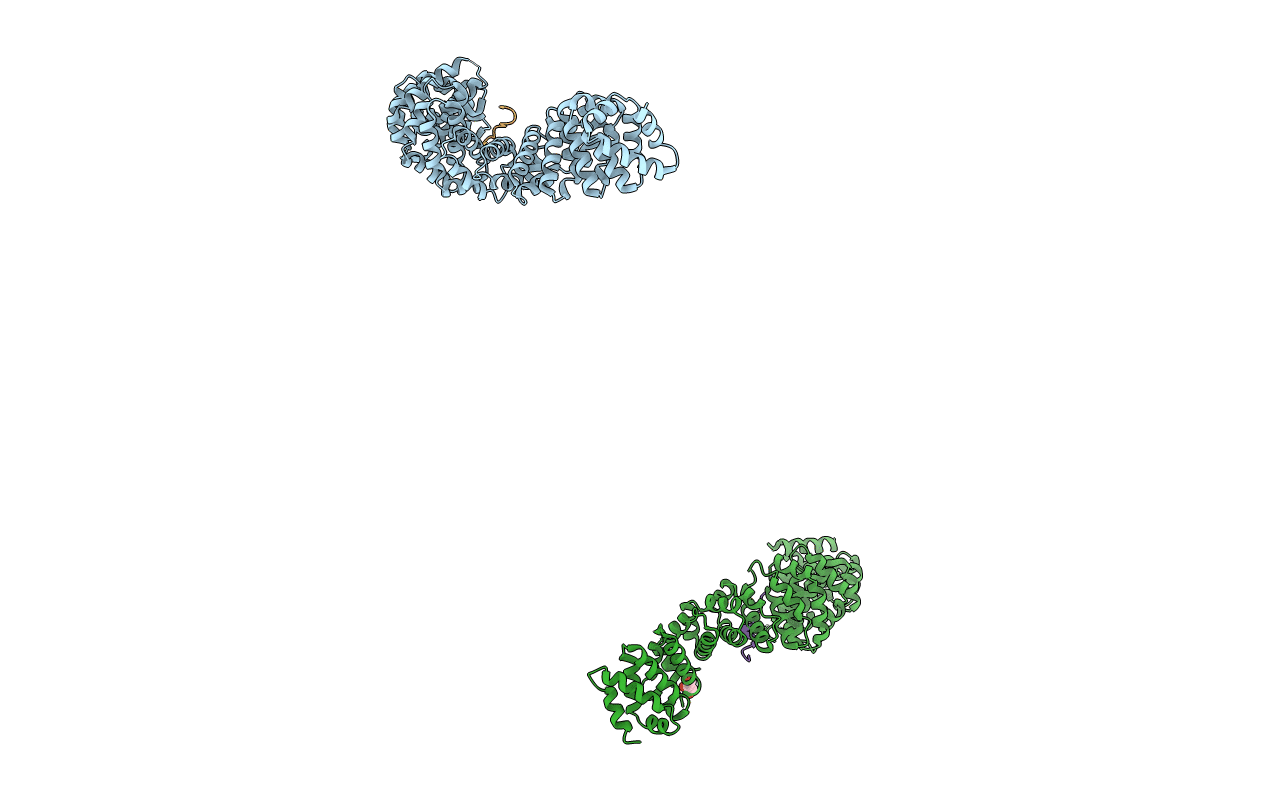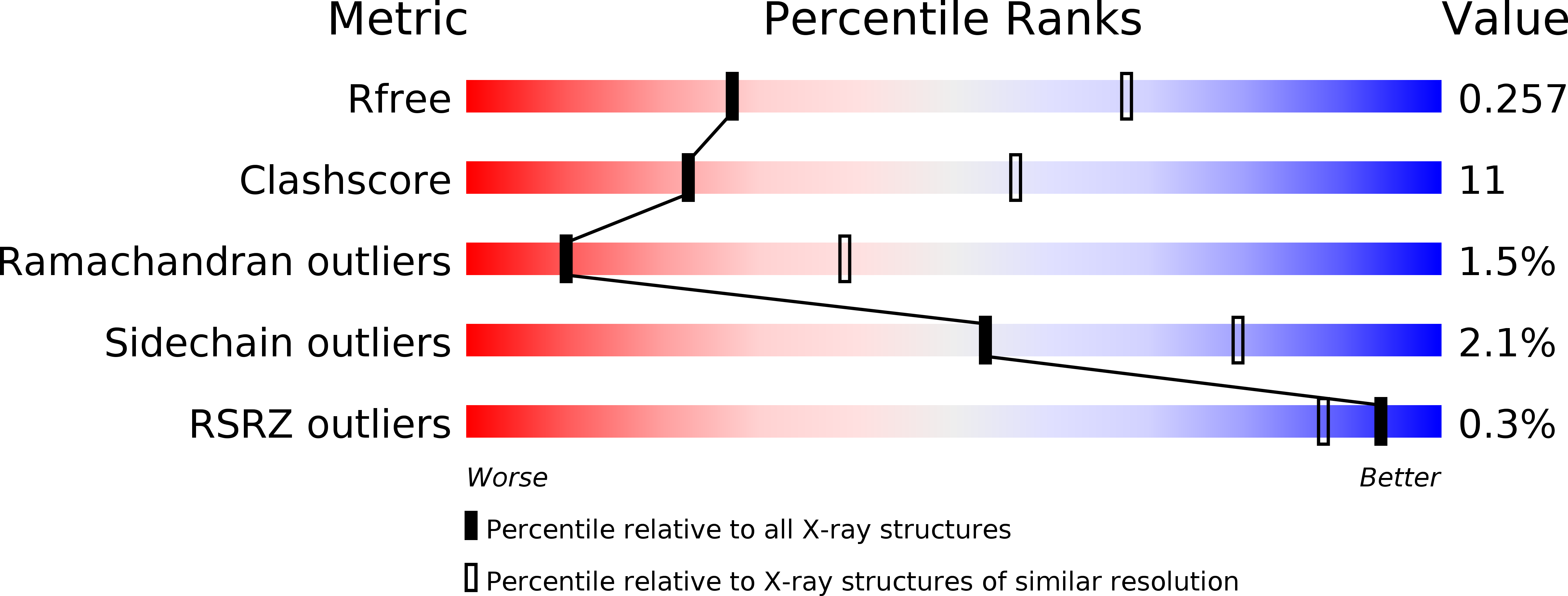
Deposition Date
2001-08-02
Release Date
2002-01-16
Last Version Date
2023-08-16
Entry Detail
PDB ID:
1JPP
Keywords:
Title:
The Structure of a beta-Catenin Binding Repeat from Adenomatous Polyposis Coli (APC) in Complex with beta-Catenin
Biological Source:
Source Organism:
Mus musculus (Taxon ID: 10090)
Host Organism:
Method Details:
Experimental Method:
Resolution:
3.10 Å
R-Value Free:
0.27
R-Value Work:
0.23
R-Value Observed:
0.23
Space Group:
P 1


